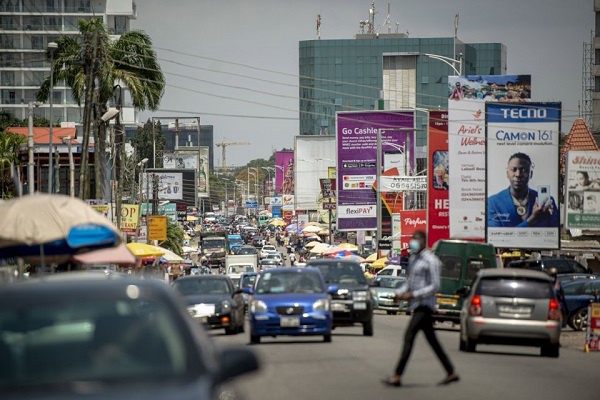
But, with the latest signal from the Federal Reserve that U.S. rates will stay lower for longer, the highest-yielding -- and riskiest -- corners of the world’s bond markets are being tipped as a top investment choice for the coming year. And this, after likely clocking up their smallest annual gain in five years.
The willingness of bond-buyers to move up the risk ladder would underscore how rising U.S. Treasury rates will do little to dim the appeal of developing-nation debt as long as an US$18 trillion pile of negative-yielding debt hangs over markets and central banks remain accommodative.
Even among developing economies, spreads on bonds from lower-risk borrowers have narrowed so much that investors are being forced to go further into junk territory for better returns.
“It’s a matter of time before investment-grade markets run out of spread,” said Leo Hu, lead fund manager for frontier-market debt at NN Investment Partners in Singapore. “The next one they can look at is indeed frontier markets. There is nowhere they can invest to get decent yields.”
The recovery may already be under way. JPMorgan Chase & Co.’s Next Generation Markets Index, which tracks the sovereign dollar debt of countries seen as emerging economies of the future, has rebounded to pre-Covid levels.
The gauge, which includes the likes of Belize and Angola, is near the highest price since March relative to the mainstream emerging-market index, which is already at a record. Read Full Story





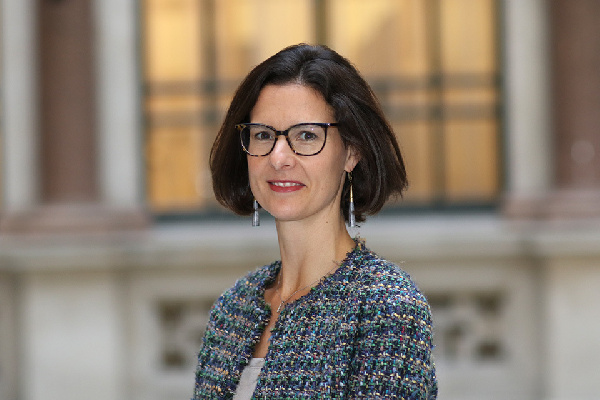
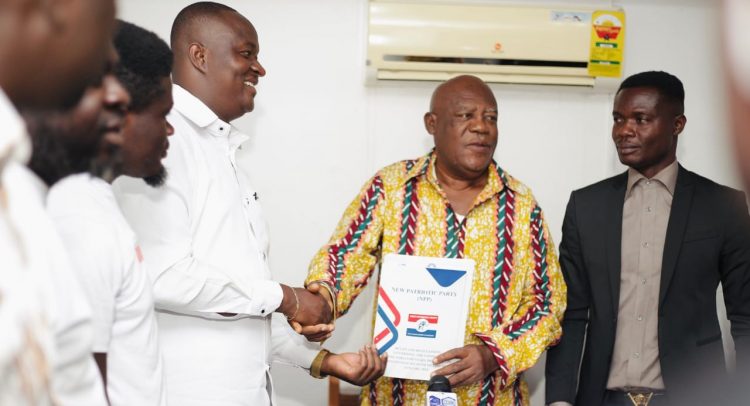
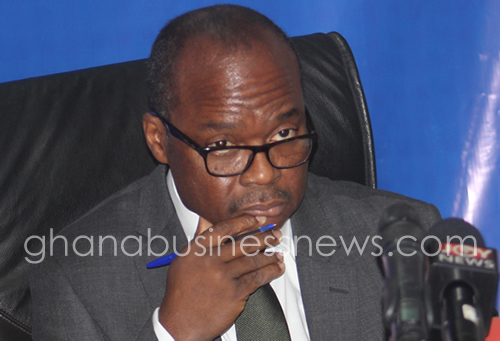




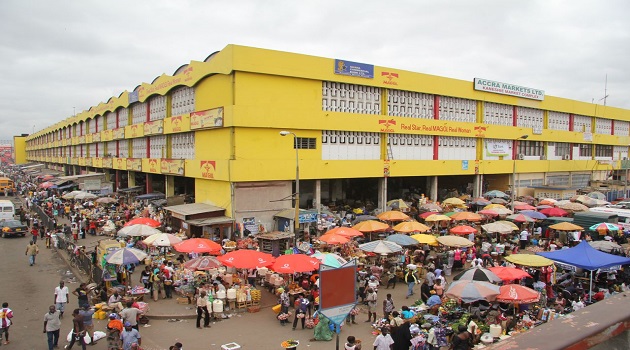






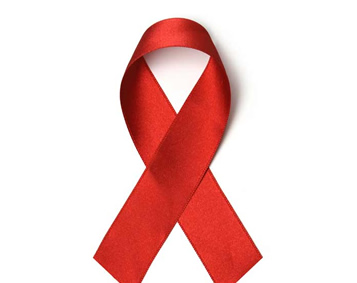








Facebook
Twitter
Pinterest
Instagram
Google+
YouTube
LinkedIn
RSS